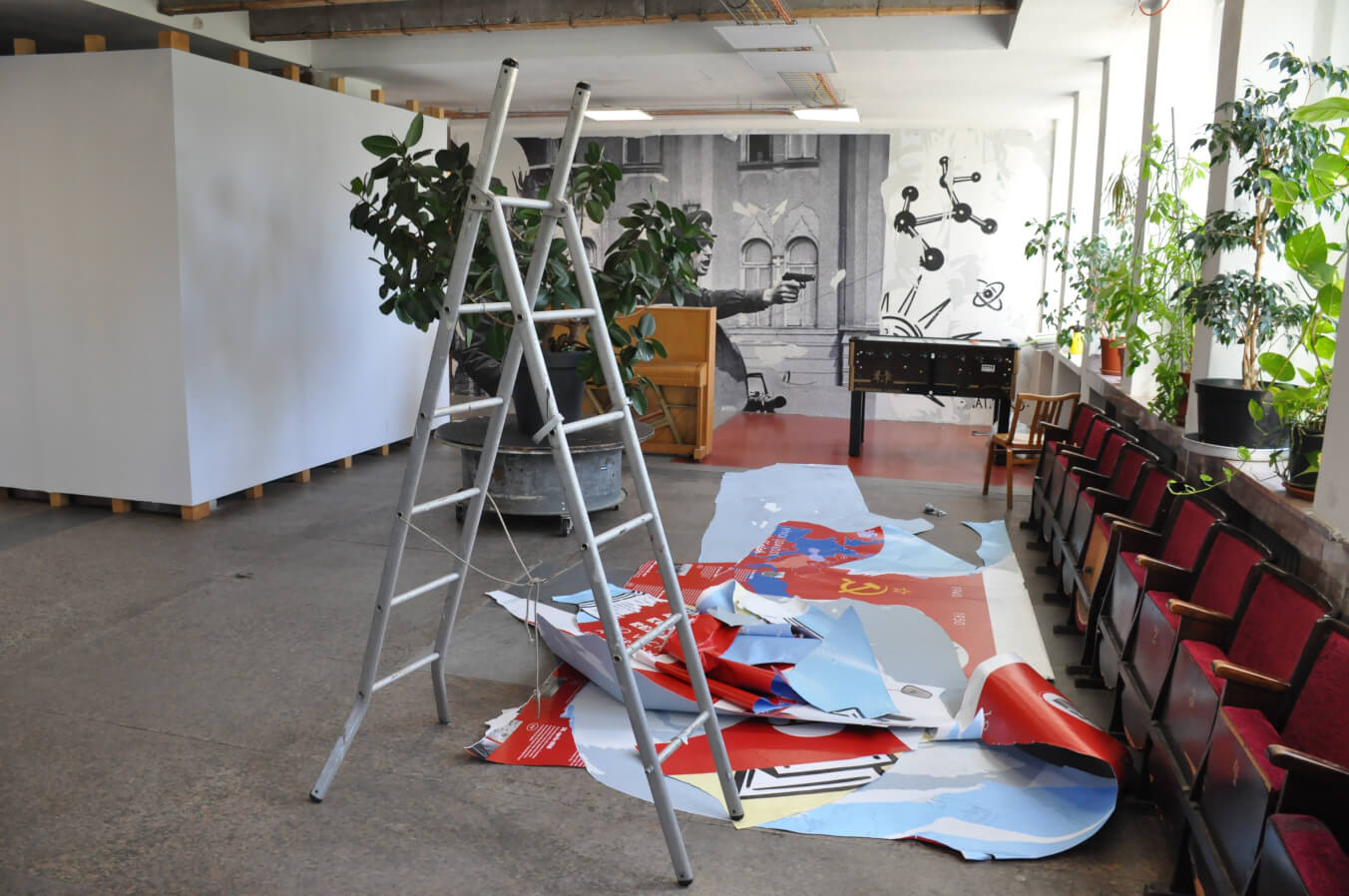Problem
The separation of functions in the urban planning of classical modernism has resulted in highly segregated cities, in which increased segregation tendencies can also be observed (difu 2015, p. 6). The increasing spatial differentiation of social groups is seen as a danger that identification with the city as a whole will dissolve bit by bit and that solidarity and cohesion will dwindle (difu 2015, p. 7). The separation of residential, work and cultural uses also generates a high volume of inner-city traffic, which is exacerbated by an asymmetrical distribution in the morning and evening hours and results in high CO2 emissions overall (Bott et al. 2018, p. 48). But how can socially and economically stable and ecologically sustainable resident structures be created? How can the planning and implementation of a small-scale mix of uses with an interweaving of living, working and culture succeed?
Generic Description
Small-scale and differentiated use structures are key elements for urban diversity, social qualities, safety and vibrant neighbourhoods, because urban life emerges from the overlapping of diverse functions and activities of all areas of life by city dwellers (Bott et al. 2018, p. 47). Mixed-use structures facilitate social and economic exchange and, due to their adaptability, form robust structures in the face of changes in economic and social conditions (difu 2015, p. 6). In addition to a mix of uses, other important parameters for attractive neighbourhoods are appropriate (urban) density, a city of short distances, urban planning and architectural qualities, and social diversity (Bott et al. 2018, pp. 161, 173; BBSR 2017).
Mixed uses can be implemented horizontally or vertically at the neighbourhood, block or building level. However, the ground floor zone used for commercial or cultural purposes usually plays a central role, contributing to a sustainable revitalisation and higher attractiveness of the public street space (Bott et al. 2018, p. 66). This is supported by a functional and typological diversity of uses and spaces as well as flexible and use-neutral floor plans (Bott et al. 2018, p. 72).
Example
The Rommelmühle site combines ten buildings with flats of different sizes for about 200 people, a cultural space, brewery, offices with about 60 workplaces, kindergarten, event space, supermarket, several youth spaces, a workshop and the Mühlenhof as a connecting element (mb-netzwerk GmbH, n.d.). As a result, the Rommelmühle has good prerequisites for lively multigenerational living. The KulturRaum Rommelmühle e.V. association, which was formed by the residents, founded a cultural space and has since been involved in promoting a lively neighbourhood. In this way, the residents are actively involved in shaping the social environment and the city (Archy Nova Projektentwicklung GmbH, n.d.).
Around 35 people live in the ufaFabrik. Together with 200 ufaFabrik employees, they work continuously to combine different social areas such as living, working, culture, creativity and social life (Internationales Kultur Centrum ufaFabrik e.V., n.d.). In this context, the shared vision is the key to creating compatibility between living and working in harmony with nature. This strong compatibility of living and working goes back to the first six years when the community lived off a common fund. All income was collected collectively and invested in the project, first in the communal and public spaces, and later in the private ones. Today, the communal fund no longer exists, but the ufaFabrik is still actively shaped by the people who live and work there (Niemer 2017, pp. 1-2).
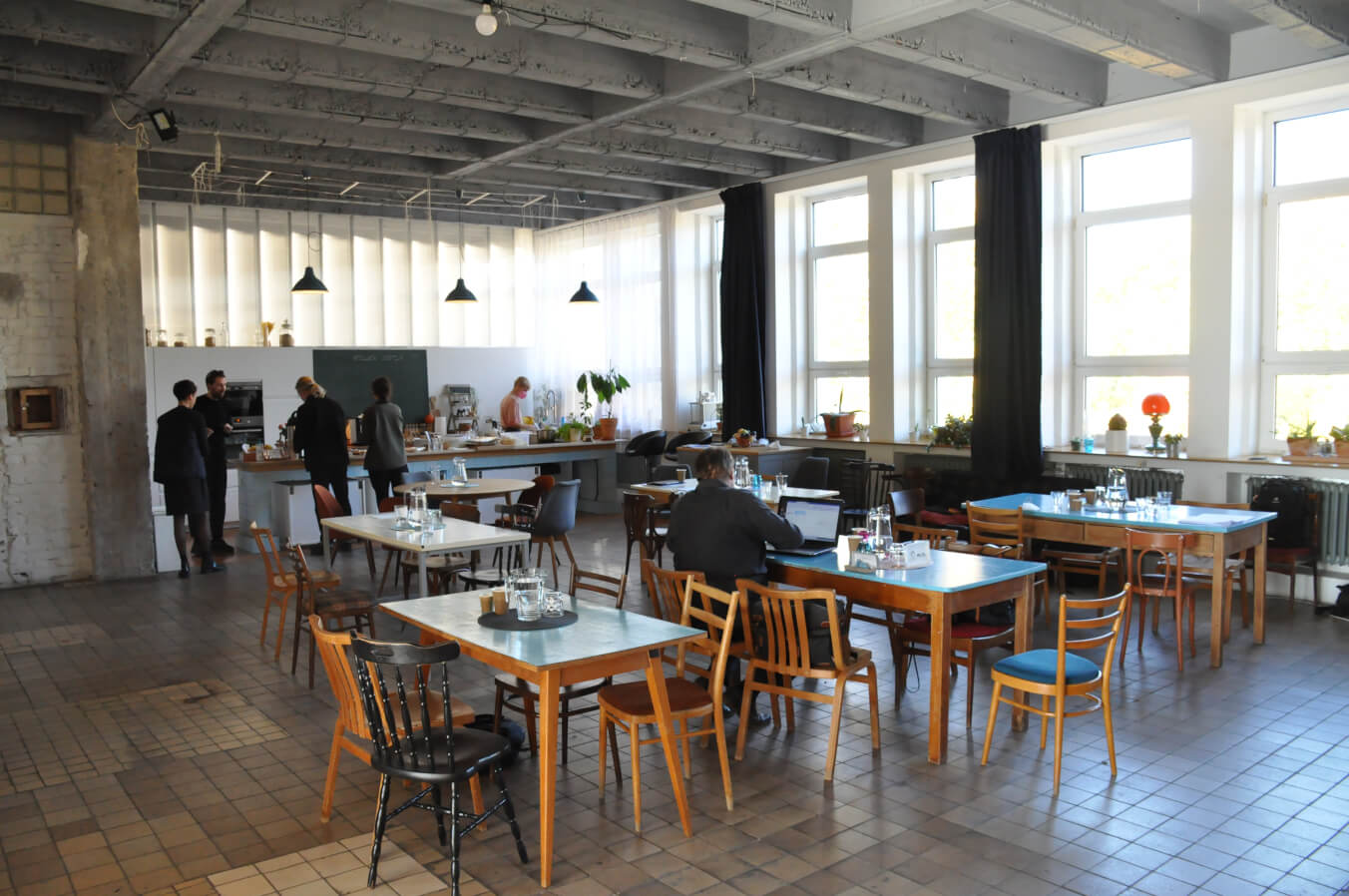
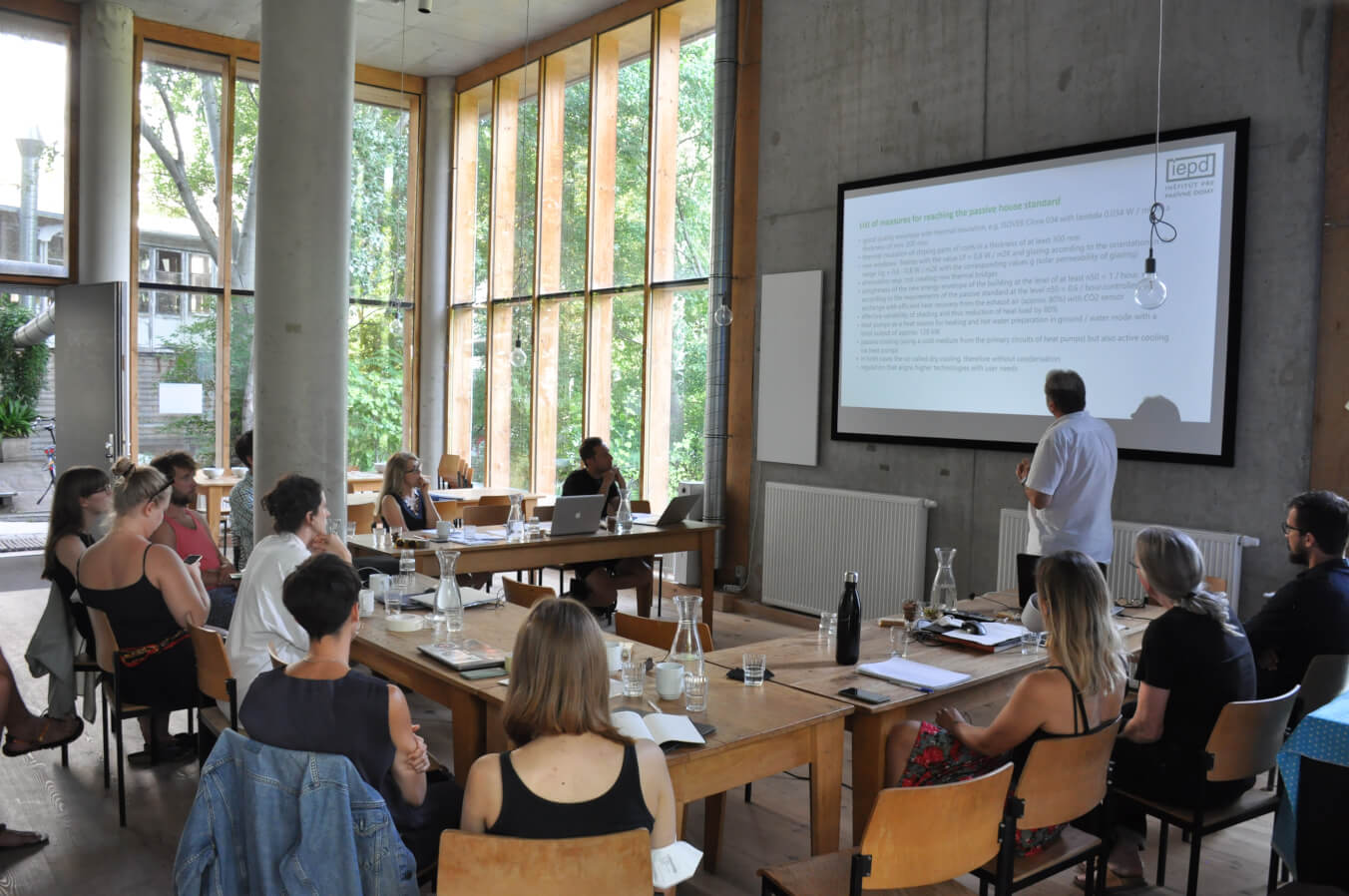
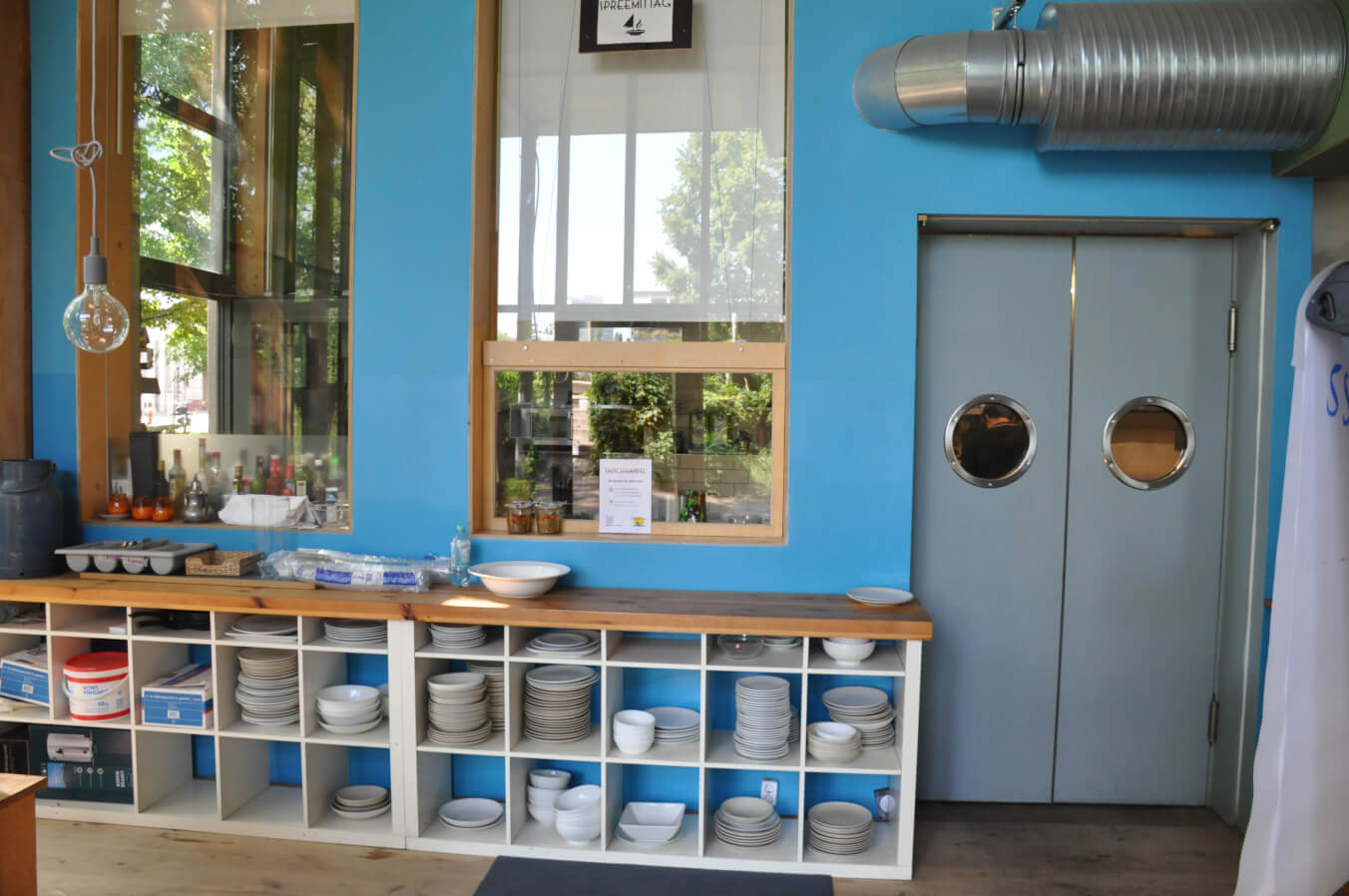
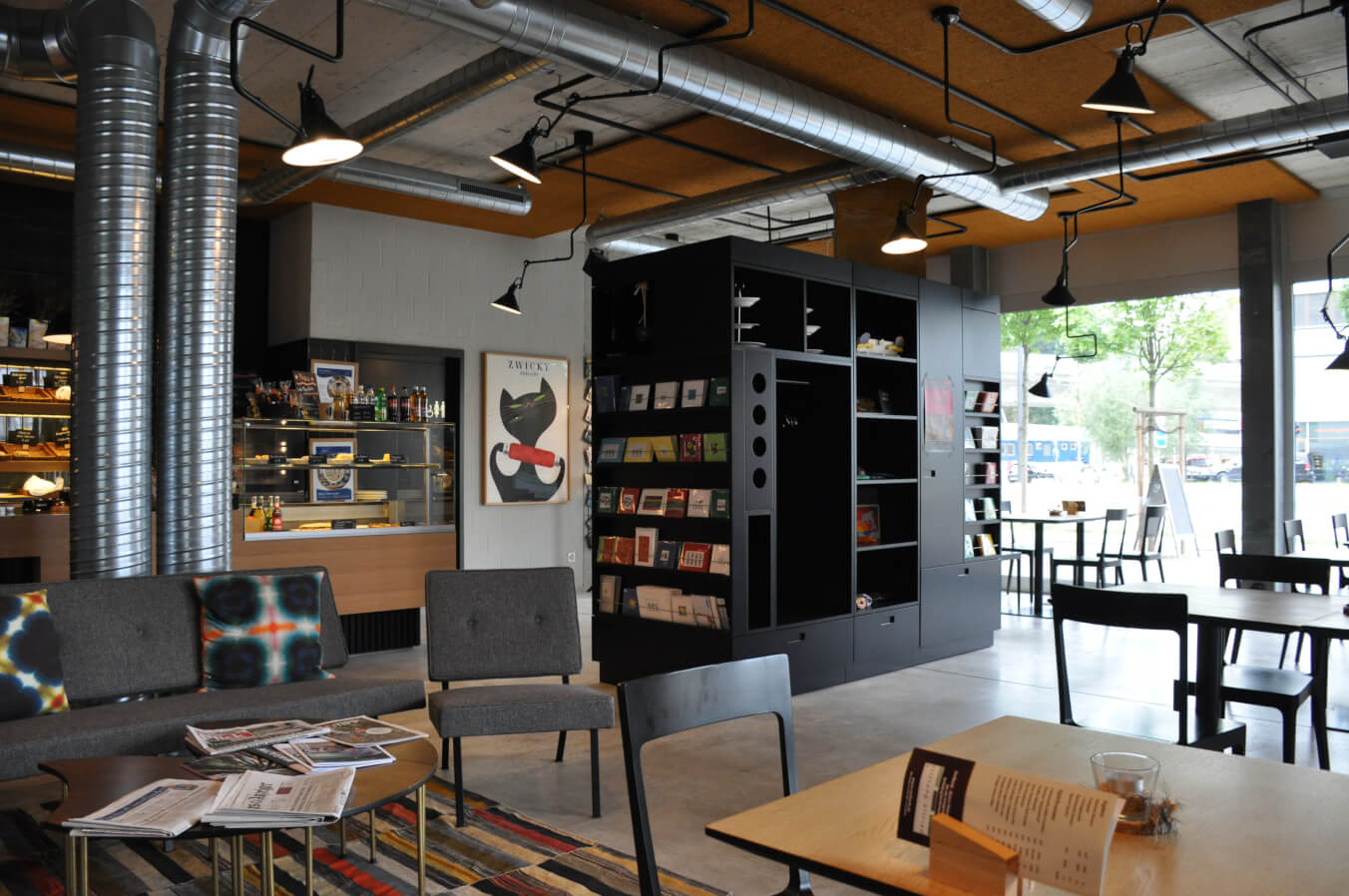
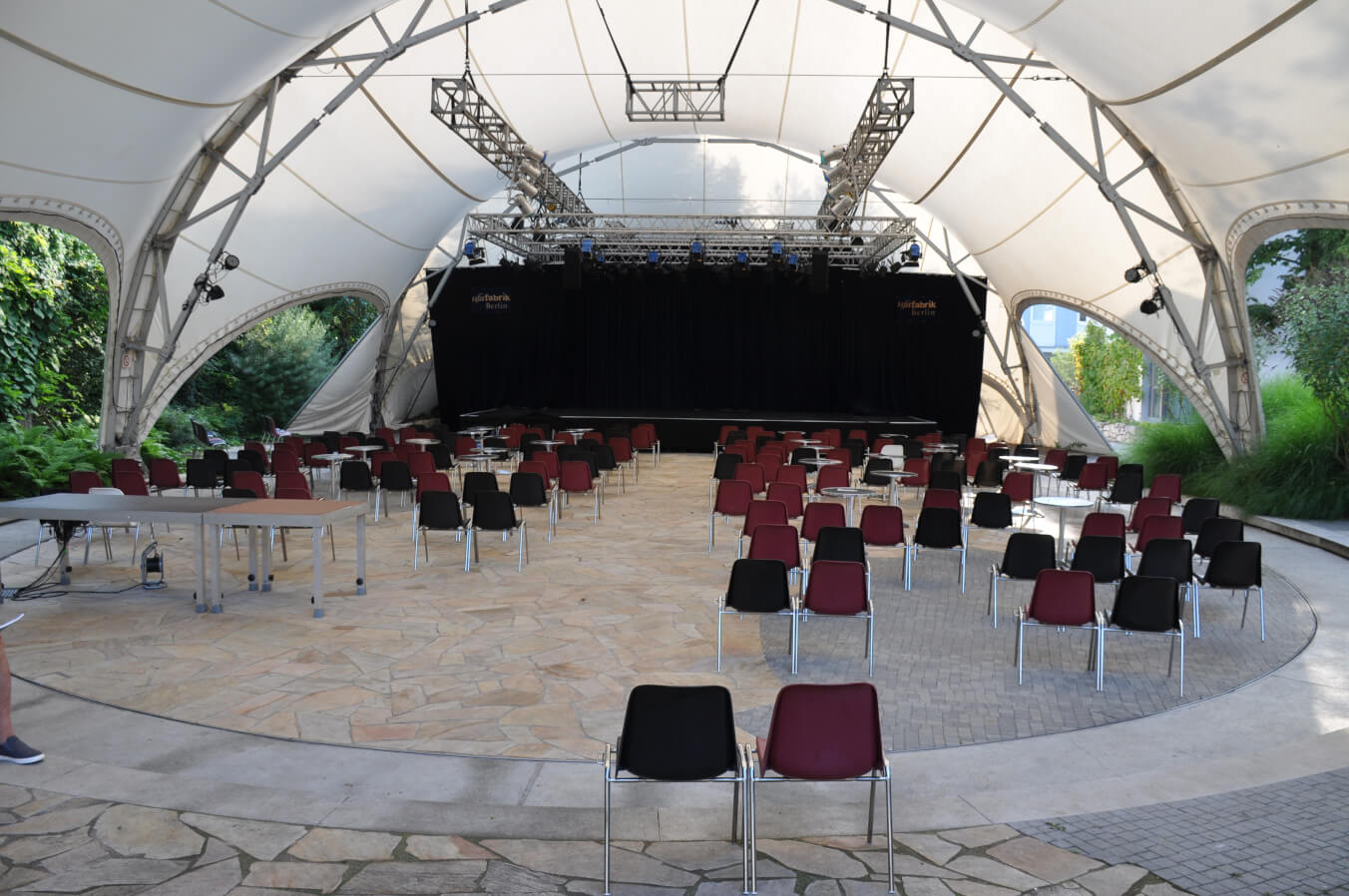
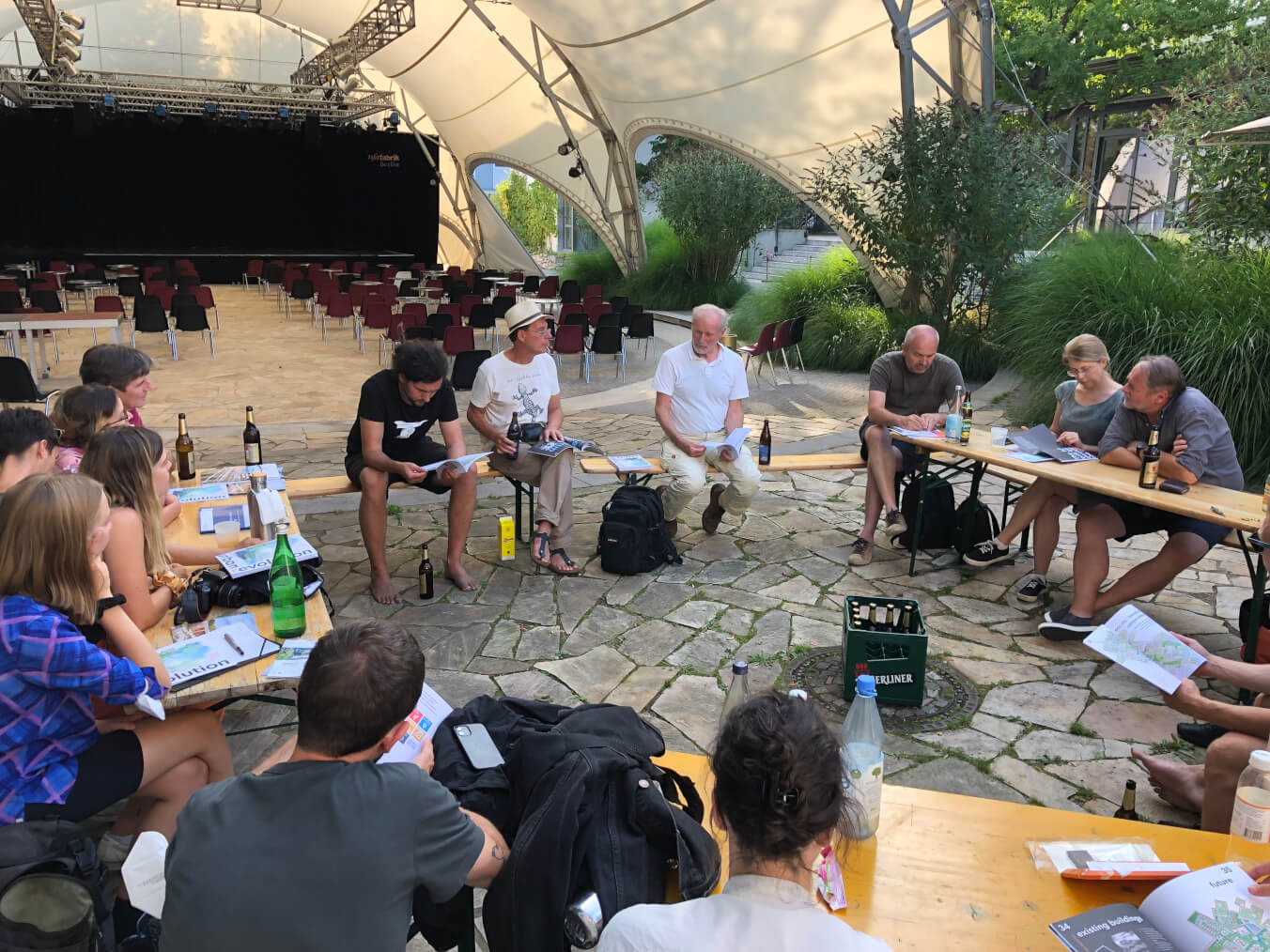
Lessons learned and synergies
A compatible mix of uses of housing, work and services is to be strived for and in many projects it is an important prerequisite that contributes to community coexistence and a lively and diverse living environment (Drexler & El khouli 2012, p. 84). A relatively high settlement density and high density of utilities, shops and services also contribute to lively neighbourhoods (Bott et al. 2018, pp. 46-47), but can also lead to conflicts of use such as noise emissions and disruption of privacy. This can be compensated for by organisational and design measures, for example through good structuring of the building structures or the creation of roof terraces or loggias (Bott et al. 2018, p. 173). Small-scale functional and social diversity in neighbourhoods counteracts the consequences of segregation, such as tensions in society, conflicts and psychological problems (Bott et al. 2018, p. 178).
Sources
ARCHY NOVA Projektentwicklung GmbH (o.J.): Ökozentrum Rommelmühle. Accessed on 15.12.2021 from https://www.archy-nova.de/projekte/rommelmuehle/
BBSR (Hrsg.) (2017): Nutzungsmischung und die Bewältigung von Nutzungskonflikten in Innenstädten, Stadt- und Ortsteilzentren – Chancen und Hemmnisse. Bundesinstitut für Bau-, Stadt- und Raumforschung (BBSR) im Bundesamt für Bauwesen und Raumforschung (BBR). Ein Projekt der Allgemeinen Ressortforschung. BBSR-Online-Publikation 23/2017, Bonn, Oktober 2017. Accessed on 15.12.2021 from https://www.bbsr.bund.de/BBSR/DE/veroeffentlichungen/bbsr-online/2017/bbsr-online-23-2017-dl.pdf?__blob=publicationFile&v=3
Bott, H., Grassl, G. C. & Anders, S. (Hrsg.) (2018): Nachhaltige Stadtplanung. Lebendige Stadtquartiere, Smart Cities, Resilienz. 2. Aufl., München: DETAIL.
Difu (2015): Nutzungsmischung und soziale Vielfalt im Stadtquartier – Bestandsaufnahme, Beispiele, Steuerungsbedarf. Deutsches Institut für Urbanistik gGmbH. Düsseldorf: Ministerium für Bauen, Wohnen, Stadtentwicklung und Verkehr des Landes Nordrhein-Westfalen. https://difu.de/sites/difu.de/files/archiv/projekte/2015_09_endbericht-nutzungsmischung-und-soziale-vielfalt.pdf
Drexler, H. & El khouli, S. (2012): Nachhaltige Wohnkonzepte. 1. Aufl., München: Detail.
mb-netzwerk GmbH (o.J.): Wohnraum. Accessed on 15.12.2021 from https://rommelmuehle.de/die-muehle/wohnraum/
Niemer, S. (2017): Die Lebensgemeinschaft in der ufaFabrik. Accessed on 10.12.2021 from https://www.ufafabrik.de/sites/default/files/download/die-lebensgemeinschaft-in-der-ufafabrik-17.pdf
Internationales Kultur Centrum ufaFabrik e.V. (o.J.): Neues Leben alter Filmfabrik. Accessed on 10.12.2021 from https://www.ufafabrik.de/de/14269/okopioniere.html.
